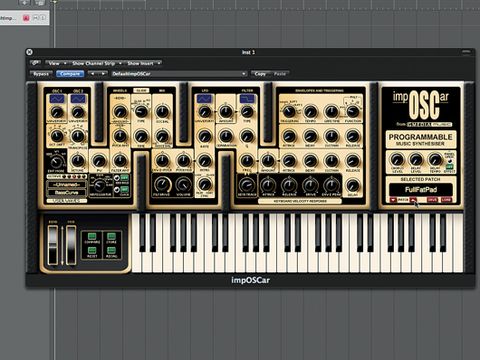

But beware, it can also quickly lead to problems. And it can ultimately give your synths the power you always envied from your favorite producers. Layering can help you a lot in creating special sounds.

But can you also transfer that DIY wisdom to work in the studio? Yes and no. Increase in Perceived Energy: Your synth doesn't sound fat enough? Add another.Sound design: To create a special sound that cannot be produced with an instrument alone.There are two simple reasons to use layering: This effect brings an incredible added value to us producers. When two different guitar tracks that sound different but play the same thing, listeners can no longer perceive this element as two different instruments in the finished song. Two different guitar melodies alternating are not sound layering. It is important that they work rhythmically and harmoniously as a unit. In the vast majority of cases, the instruments that belong together play exactly the same or complementary harmonies. Layering describes the combination of several sounds into one sound that is perceived as belonging together. What actually is sound layering? And why do producers do it?


 0 kommentar(er)
0 kommentar(er)
